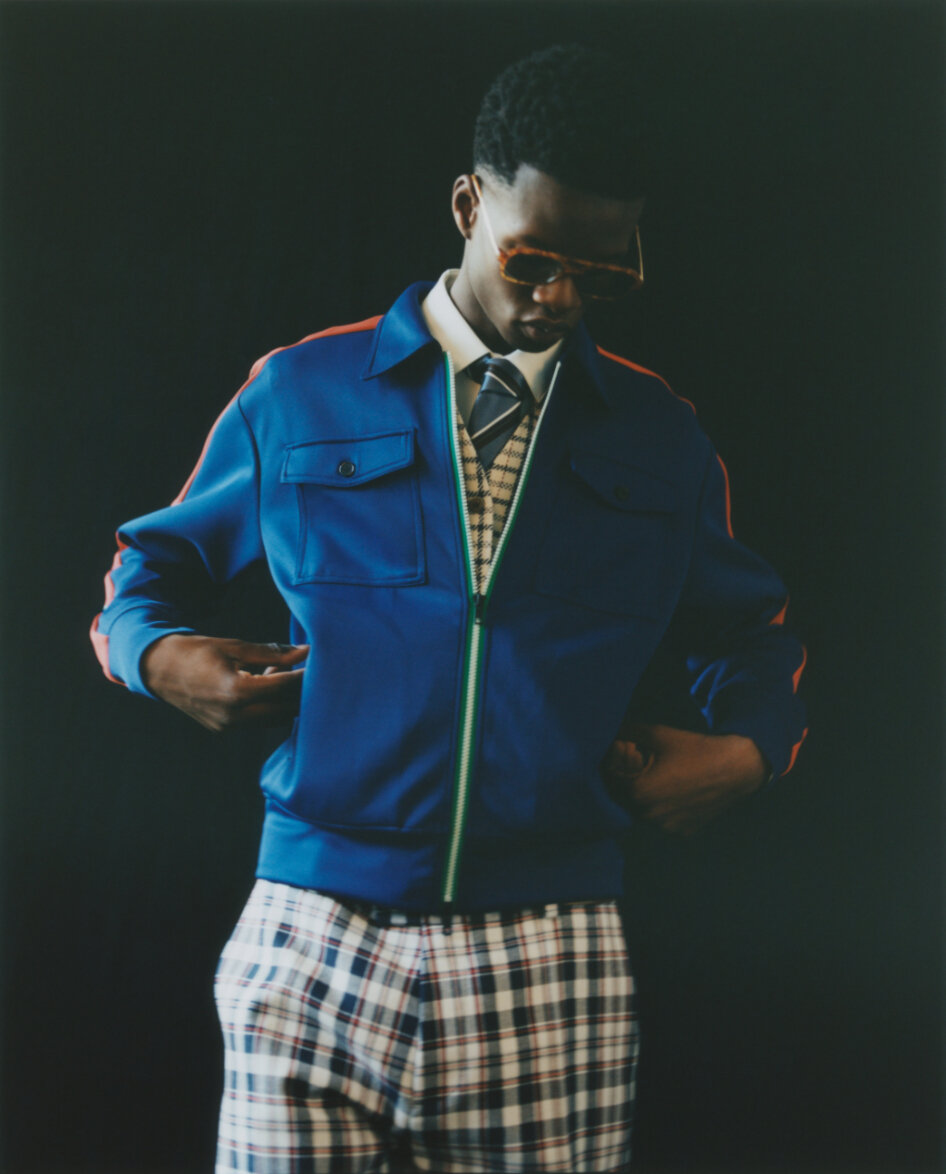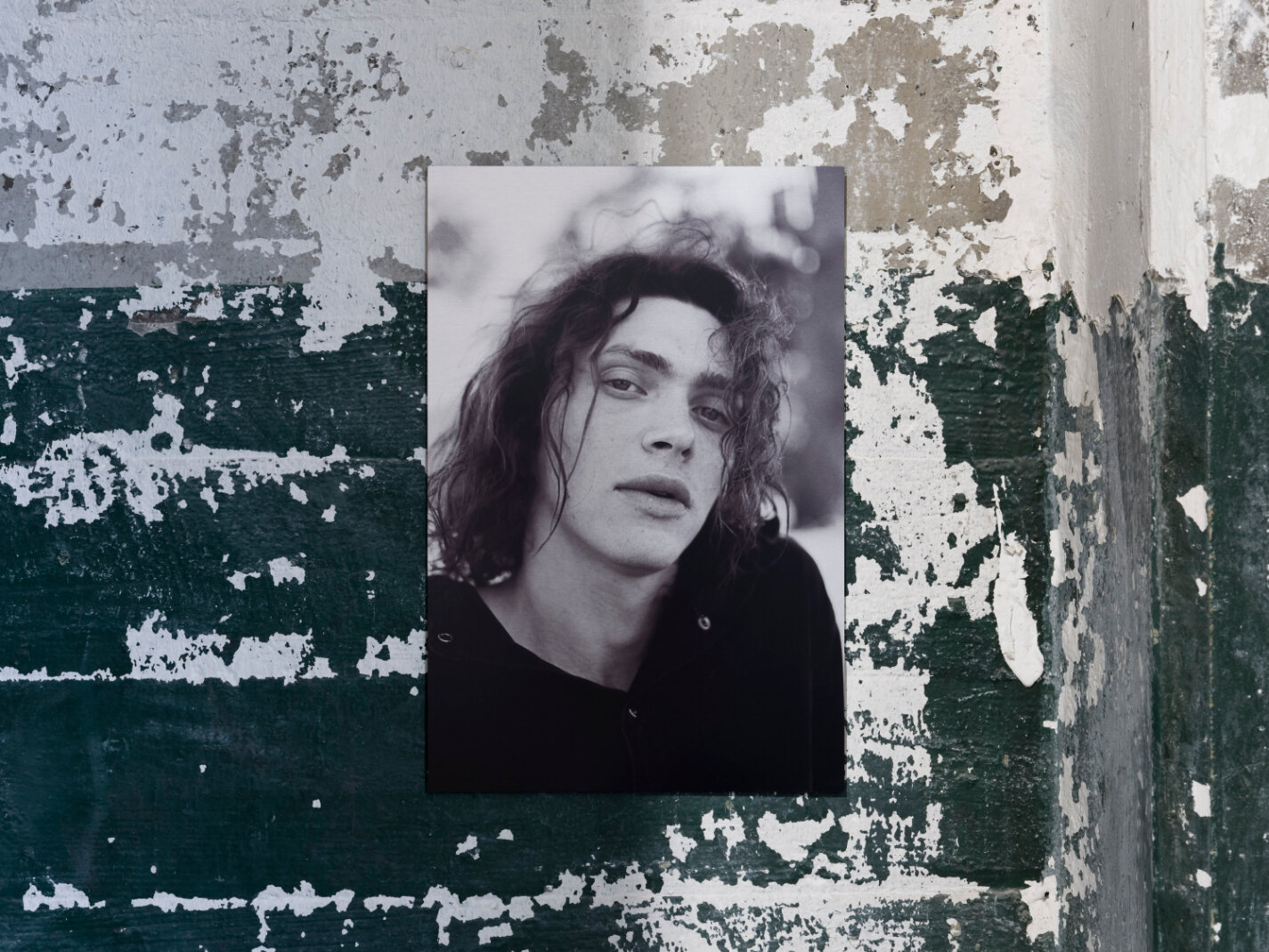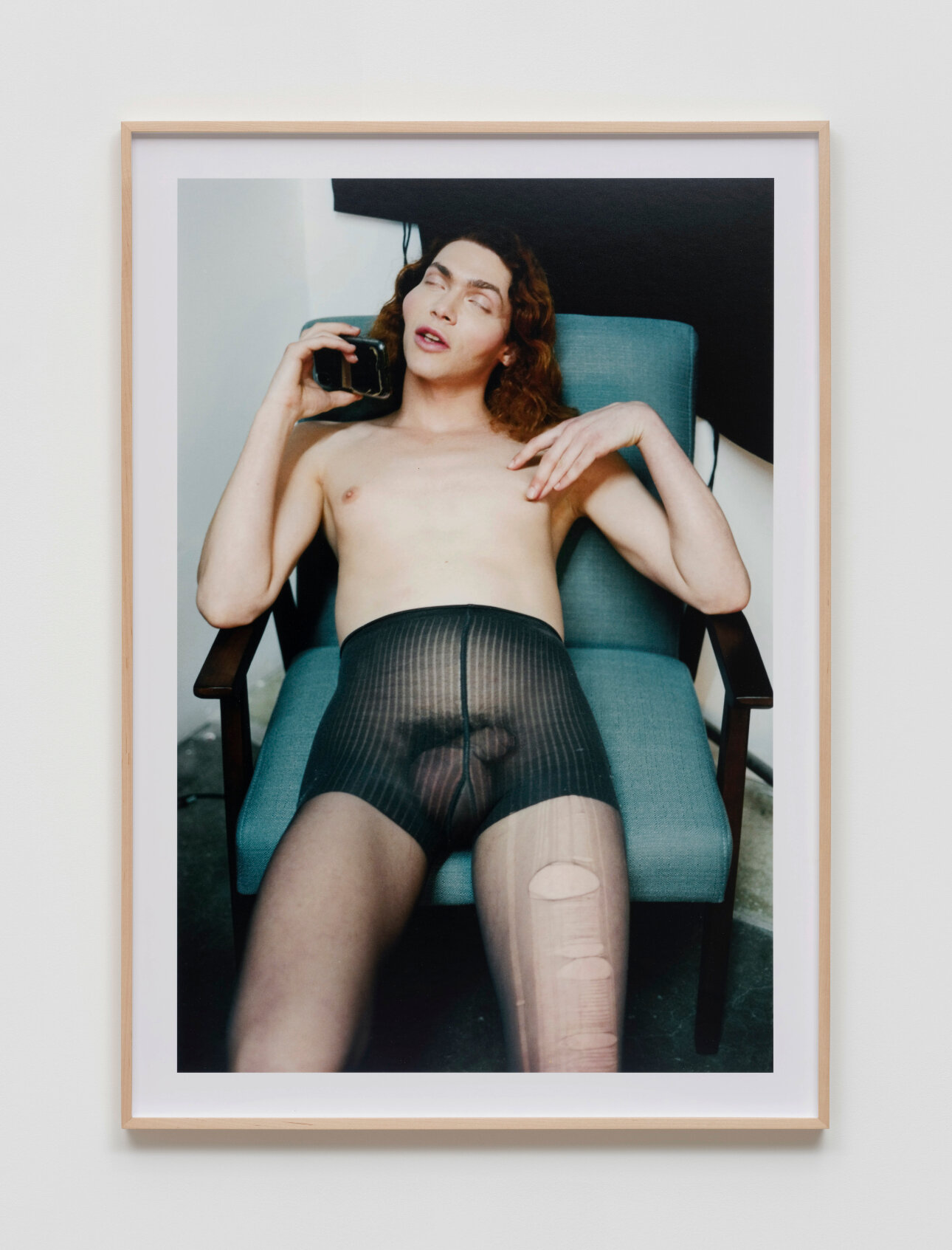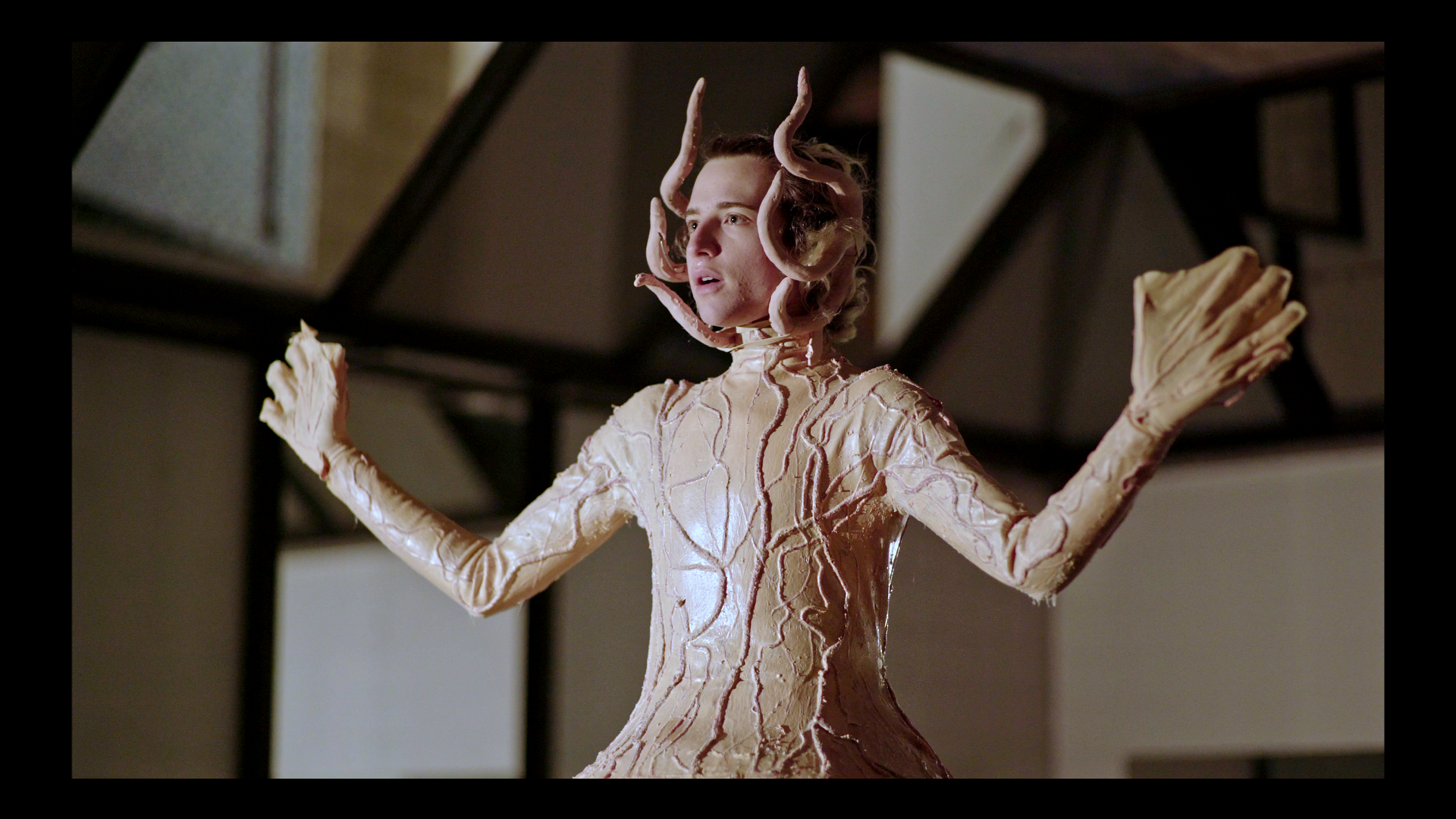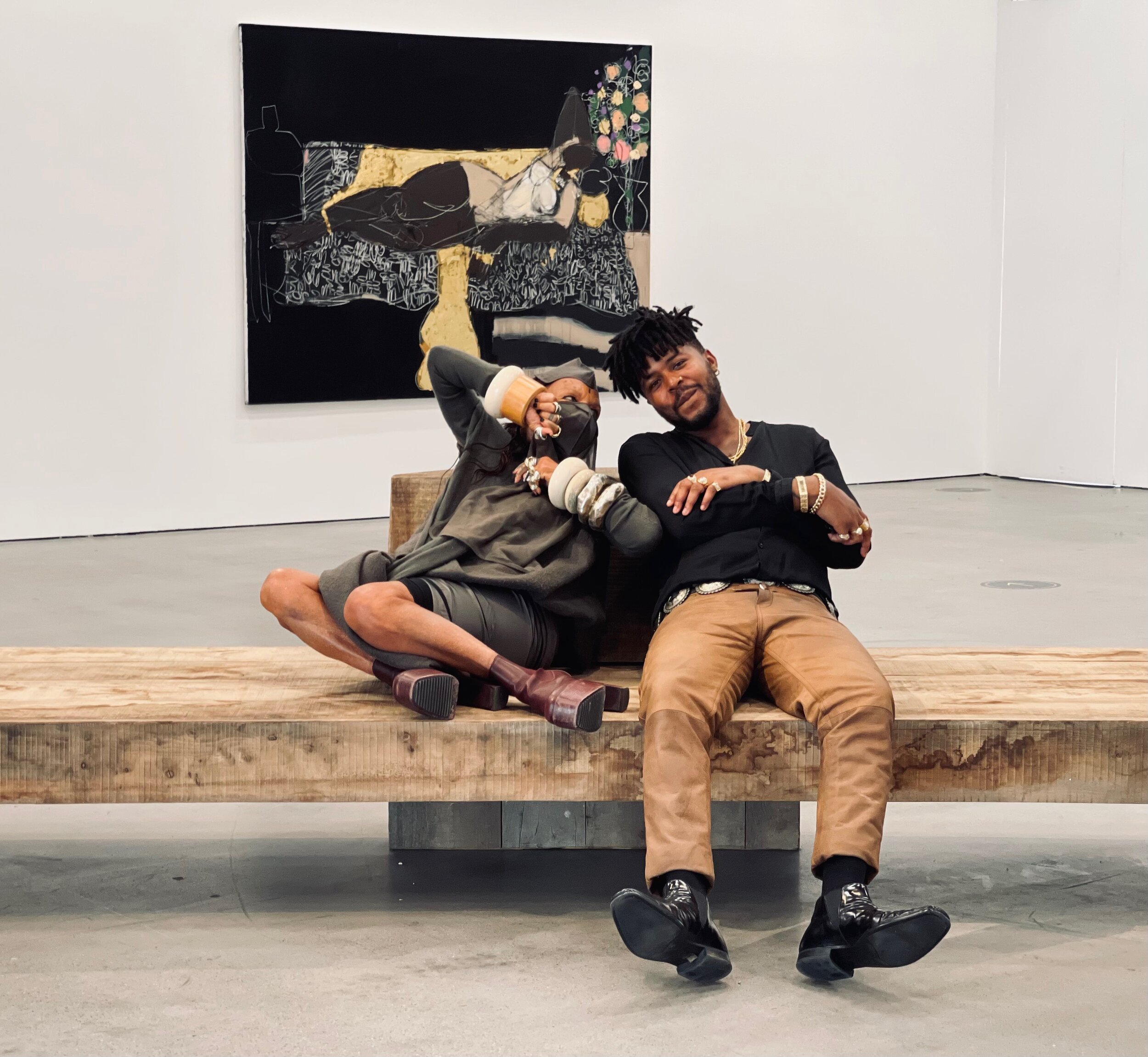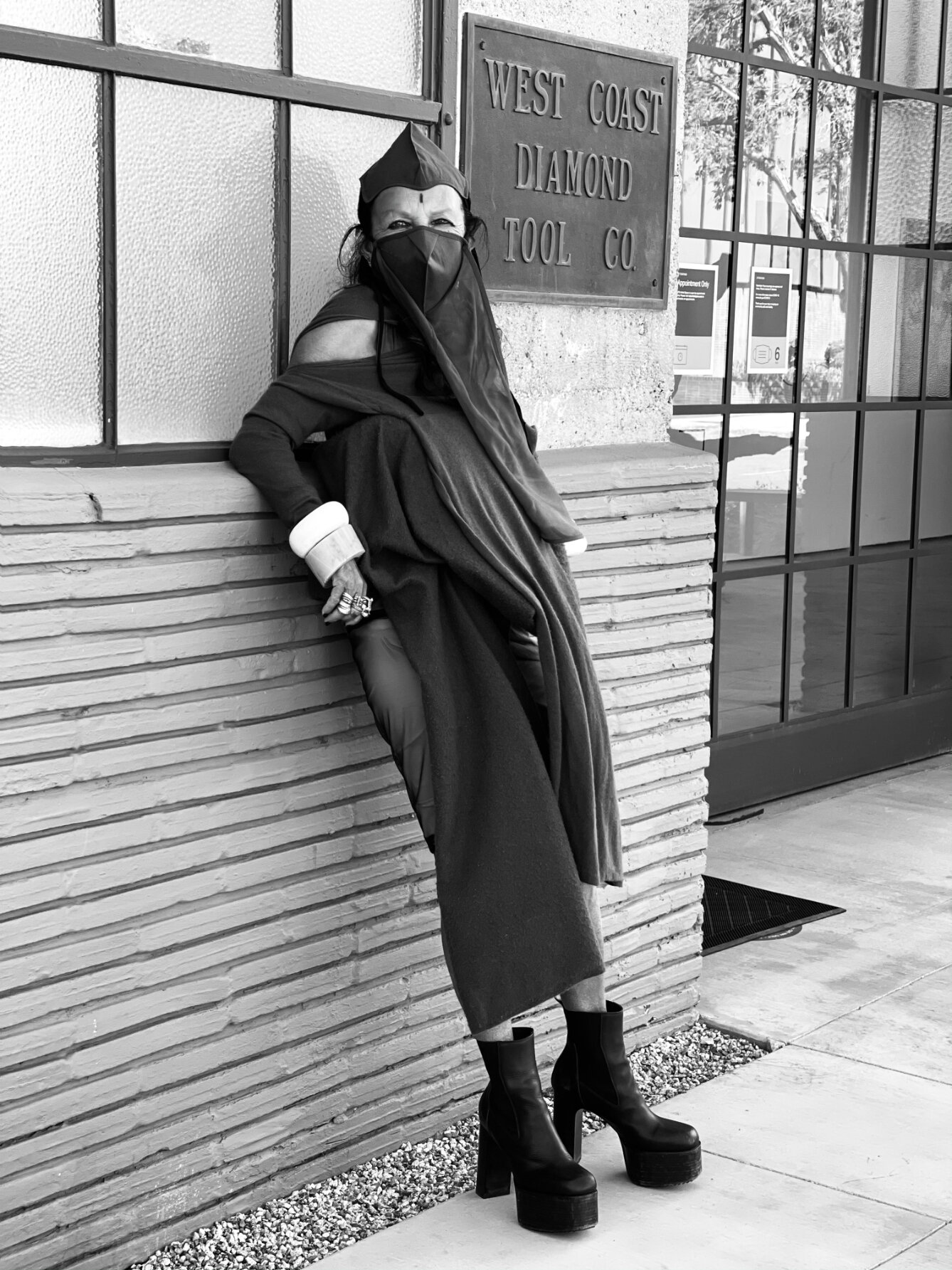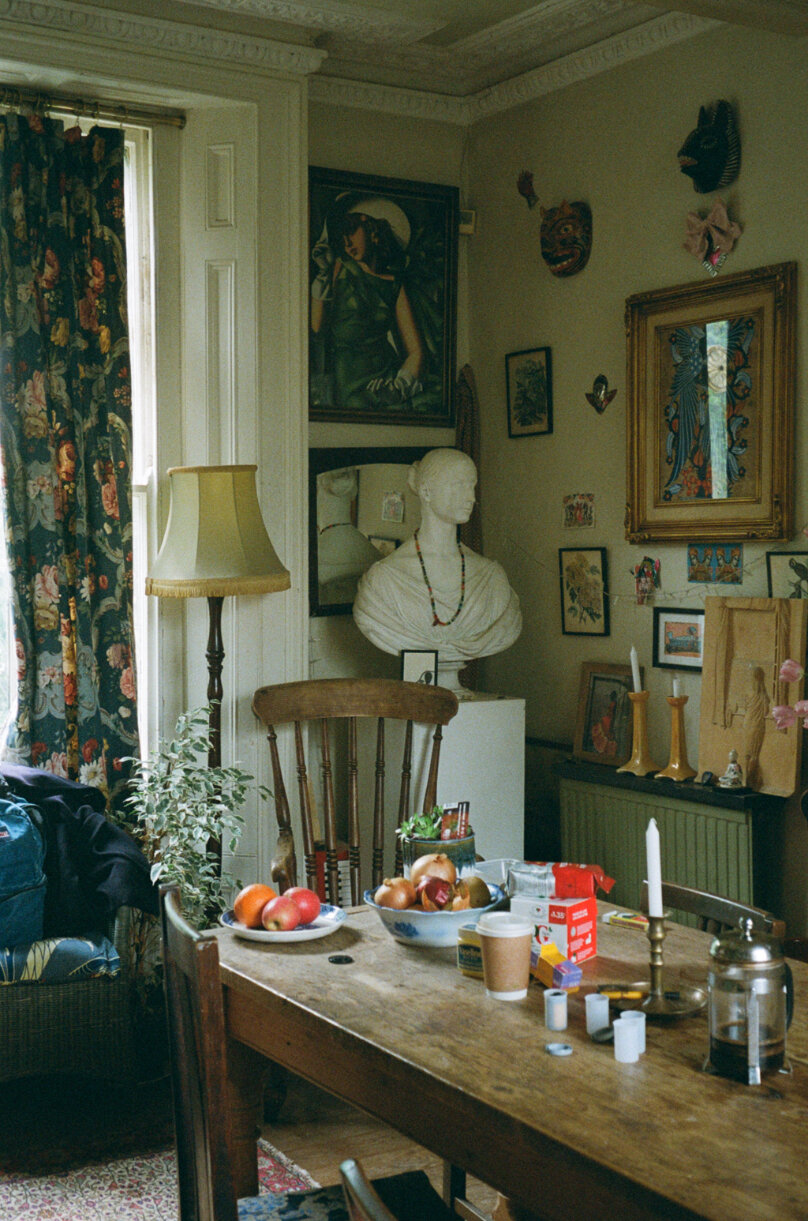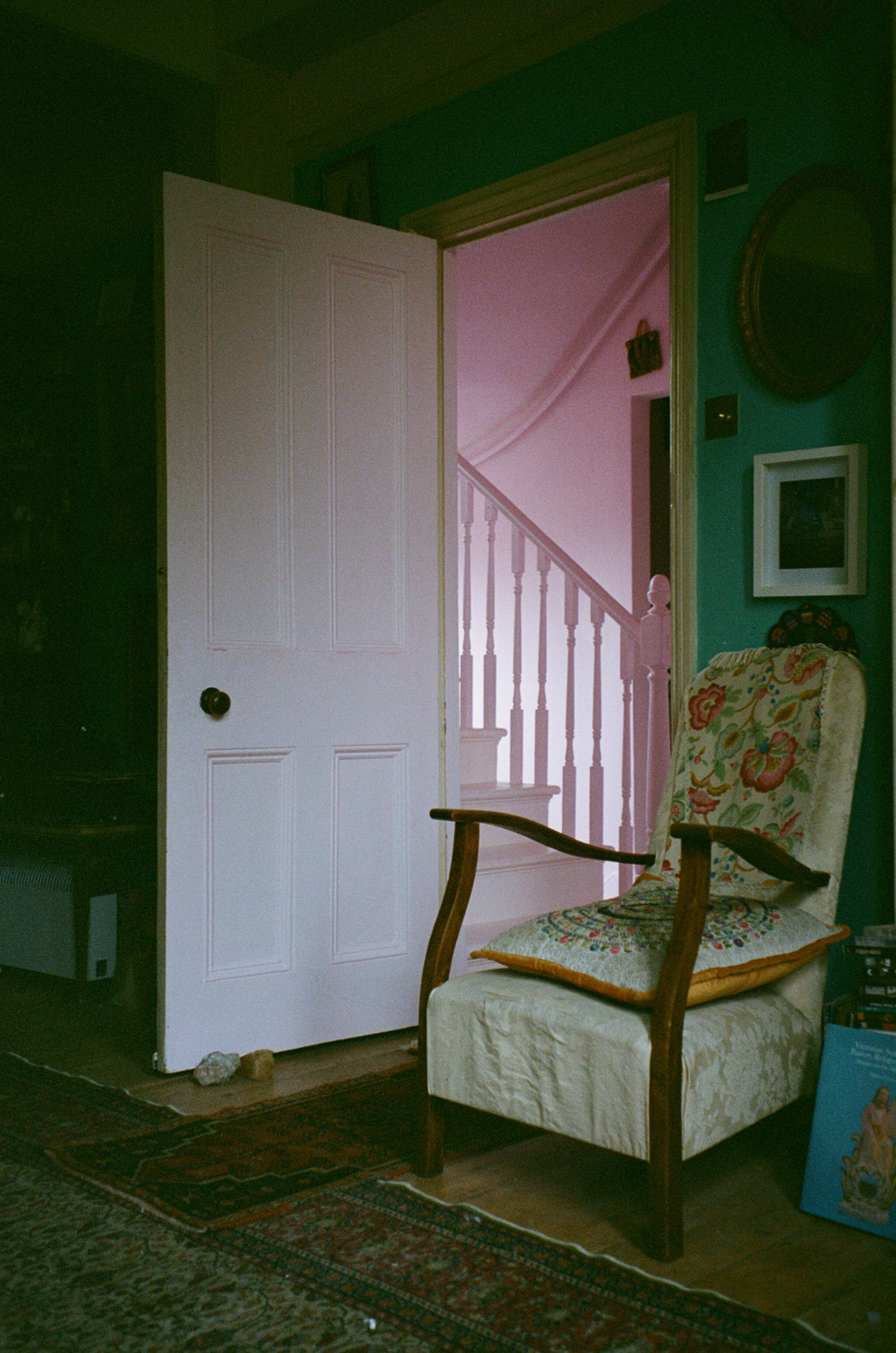Maria Movrapoulou installation image, courtesy of the artist.
interview by Lara Monro
“Have you ever wondered why Siri, Alexa and Cortana are given female voices and names? How do machines see women? Can machines perceive diversity?”
Women currently occupy a minority of positions in the tech field. As a result of this, there is growing evidence that the gender imbalance affecting the tech sector extends to data science and AI. Gender and racial biases found in AI training data sets, algorithms, and devices have the tendency to reinforce harmful stereotypes that stigmatize and marginalize women on a global scale. With the increasing ubiquity of AI in our societies, such biases put women at risk of being left behind in all realms of economic, political and social life. Her Data is a group exhibition currently on view at Romantso, Athens that explores the role of data and algorithms in the current age of artificial intelligence through the female perspective, and focuses on how technologies used daily might affect our identities and ways of thinking. Curated by Katerina Gkoutziouli & Foteini Vergidou, the show includes the work of 4 female artists, Eli Cortiñas, Maria Mavropoulou, Mimi Ọnụọha, and Paola Palavidi. Each artist highlights the need for inclusive technologies due to the various ways that dominant technological narratives influence our experienced identities through social media, search engines and AI applications. Together these works raise questions about the tech industry and its collection and distribution of our data. They invite us to look deeper at the design of current technological systems, exposing how they work and the world views that they propagate. We spoke with Greek artist Maria Mavropoulou to learn more about her involvement in the show and how she investigates the algorithmic classifications of women according to race, gender, and age through the use of personalized ads.
LARA MONRO: Can you give me some background into your creative practice as an artist, painter, and photographer?
MARIA MAVROPOULOU: Well, it’s always difficult for me to describe my practice, since I always treat every idea I have in a different way. Even if photography is the main medium that I use, I constantly look for new ways to utilize it. During my studies at Athens School of Fine Arts I was trained as a painter before I switched to photography, so “starting from a blank canvas” is a problem I have to solve every time I start a new work. This means that I always try to find the most suitable medium and technique to express an idea, no matter if I’ll have to get out of my comfort zone. For example, the series Family Portraits was made as an interactive virtual tour, creating an experience for the viewer totally constructed out of still photographs. Another work that depicted loaders, titled “ Typology of Waiting'' was painted on canvases with thick layers of paint, and my latest series A Hollow Garden consists of screenshots and 3D scans.
Eli Cortiñas video installation. Photograph by Maria Mavropoulou
MONRO: Have you always explored the relationship between women and technology in your work?
MAVROPOULOU: As the connectible devices through which we access the internet started playing a more and more important role in our lives, I started exploring our relationship with them. As a user of these technologies as well, I felt it was an urgent need for me to contemplate deeper about this new landscape of possibilities they offer, as well as the darker parts of it. Since my MFA years, in 2017 the interaction of people with the devices they use to access the internet is the main theme of my work and I try to explore it from different points of view. The question, How do machines see women?, which is the subject of the exhibition, made me look at this condition even more closely from the female side and speculate further on the way that the algorithms discriminate users based on their sex.
MONRO: Can you explain how your contribution to the show examines this idea of how dominant technological narratives affect the way we experience our identities and the world through social media, search engines, and artificial intelligence applications?
MAVROPOULOU: Starting with the fact that machines do not "see" but are trained to "see" by their programmers, who are mostly white men, the work I am presenting, entitled “Through His Eyes” is essentially trying to reconstruct the image that the algorithm creates for me through the ads it presents to me. Observing the mosaic of sponsored posts forms an image that essentially reproduces (I would even say that it strengthens) the well-known female stereotypes, ultimately perpetuating the male gaze even through these new technologies. The female portrait with hidden features at the center of this composition [“The Average of Everything”] is a different approach to the same subject. How do algorithms view women? What exactly do they see? The fact is that the algorithms see an image of us that consists of numbers, preferences—demographics which are evaluated based on the statistics that the algorithm has accumulated from all its users, but also how it is ultimately trained to create a portrait of us to which we have no access—neither to the elements it holds for us, nor to the way in which it is formed.
Paola Palavidi
MONRO: How do you navigate social media: do you feel you have a healthy relationship to it?
MAVROPOULOU: Maintaining a pretty successful account takes some time, effort and planning, but I see it as a part of my job as an artist to share the ideas I’m working on with my audience, and I really enjoy the communication and the feedback I get. I do spend some time online, but I feel that it’s not crossing what I would call healthy limits since it doesn’t put any pressure on me and I don’t bother being offline some days. Although, I admit that I enjoy browsing around for a while and discovering some interesting and inspiring stuff.
Video work by Mimi Onuoha. Photograph by Maria Mavropoulou
Created with the support of NEON, BIOS ROMANTSO, and organised & produced by VEKTOR Athens, Her Data is on view through October 14 @ Romantso, Anaxagora 3 in Athens
















